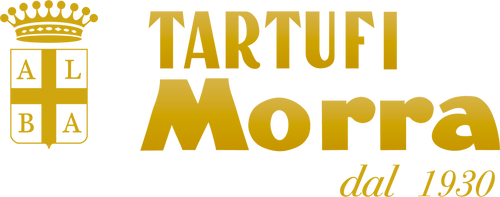Truffle hunting

Truffle hunting is an ancient art, handed down through generations of truffle hunters. While truffle season occurs at different times in different regions, and different tools are used to collect the truffles, two common factors remain the same: the relationship between man and dog, and the long and patient exploration of woodland areas.
The truffle hunter in Piedmont is called a “trifolao”. He leads the truffle hunt, an activity that he shares with his dog. The hunt follows an ancient ritual, characterised by patience, slow exploration and symbiosis between man and animal. And there is a remarkable, almost magical mirroring between truffle and hunter: without symbiosis with plants, there would be no truffles. Without harmony between hunter and dog, we would never collect a single truffle.

The hunt
Truffle hunting is regulated by regional and local regulations. There are seasons when it is possible to collect truffles, and others when it is forbidden. When the first day of the authorised truffle season arrives, the hunters set out at night or at the crack of dawn and, guided by the experience of past years and with the help of their dog, the hunt begins.
Whether white or black, the truffle is an “ecological indicator” in the sense that it cannot grow in polluted environments or environments used for intensive farming. It is a natural product that can be collected anywhere, with the exception of land that is fenced off or marked “Private Property”. Only black truffles and summer truffles can be partially “cultivated” using a system of plant mycorrhization, which consists of injecting truffle spores into the roots of plants. This is subject to the condition that it be carried out in suitable areas, and it takes at least seven years to see the fruits.
In its natural state, the truffle grows at the edges of woods, in more or less wide clearings or by the side of country roads, but never far from the trees with which it lives in symbiosis, at a depth of 10-20 cm. It prefers cool, moist soil of a marly-calcareous sedimentary nature, at an average altitude of 700 metres above sea level. The truffle-growing area can be flat or sloping, it must be watered by spring and summer rains, close to watercourses on valley floors, but without stagnation.

Truffle hunting in Piedmont
As the truffle tends to grow in the same places every year, the hunt takes place mainly at night or at dawn; in this way, the most experienced hunters keep the locations secret.
The best truffle dog, known in Piedmontese dialect as the "tabui", is the so-called "bastardino" (a mongrel). Not all dogs become good truffle hunters: they need to have a particularly well-developed sense of smell, like all other hunting dogs. Each one must be patiently trained by an experienced trainer. Besides the mongrel, the most suitable breeds are the Lagotto, the Spinone and the Bracco.
Training and hunting take place according to a ritual that involves the truffle hunter and his dog in a combination of friendship and obedience. Searching for and finding truffles is fun for the dog and immensely satisfying for any truffle hunter, which goes far beyond the financial gain.







